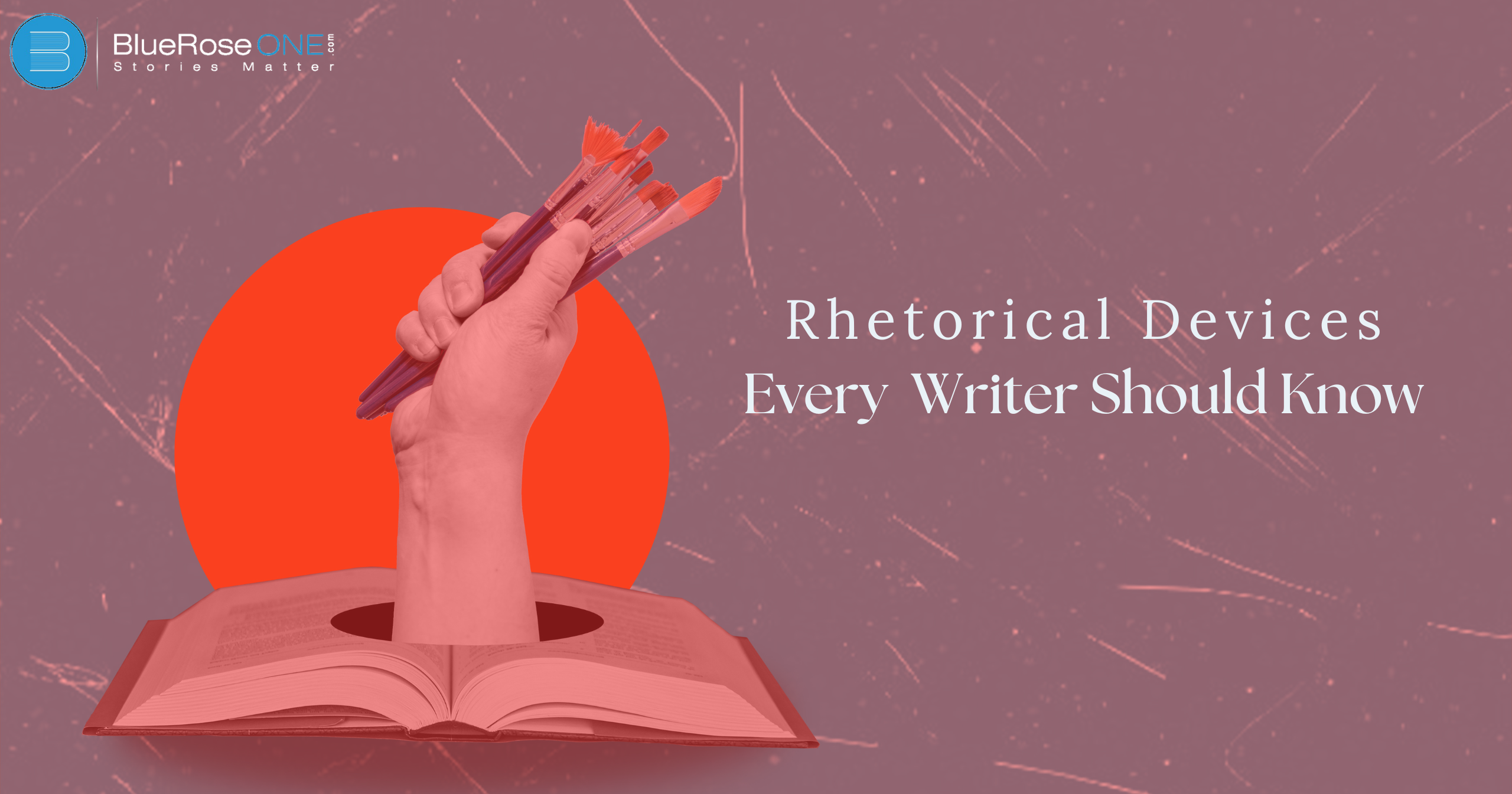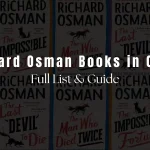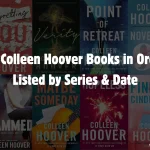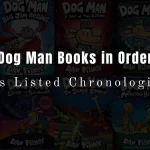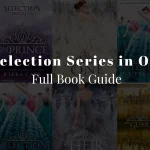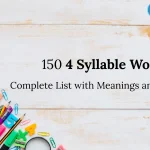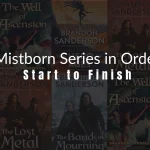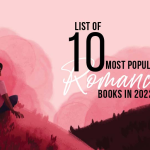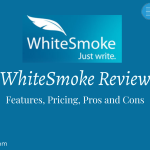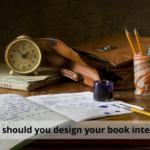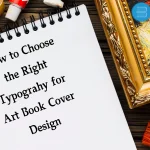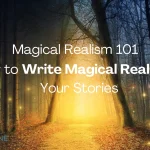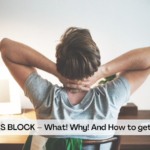A writer’s toolset must include rhetorical devices, which give ideas more nuance, complexity, and clarity. By using these strategies, authors can captivate readers, arouse feelings, and give ideas life. Knowing rhetorical strategies can enable you to write with impact and accuracy whether you’re creating persuasive, nonfiction, or fiction.
What Are Rhetorical Devices?
Rhetorical devices are techniques used in language to convey meaning, emphasize points, and persuade readers. By using these strategies, writers can shape the reader’s perception and add layers of significance to their words. These devices are not limited to literary works; they’re frequently used in speeches, advertisements, and even casual conversation.
Why Writers Use Rhetorical Devices
Why, therefore, do authors go to such efforts to include these techniques into their writing? Rhetorical devices increase reader engagement and help messages reverberate more deeply by helping to conjure up vivid, unforgettable images in the reader’s imagination. They can also play a crucial role in strengthening the persuasiveness and appeal of arguments.
You may also read: Fatal Flow: Definition, Types, Examples and More
You may also like: The Selection Series in Order: Full Book Guide
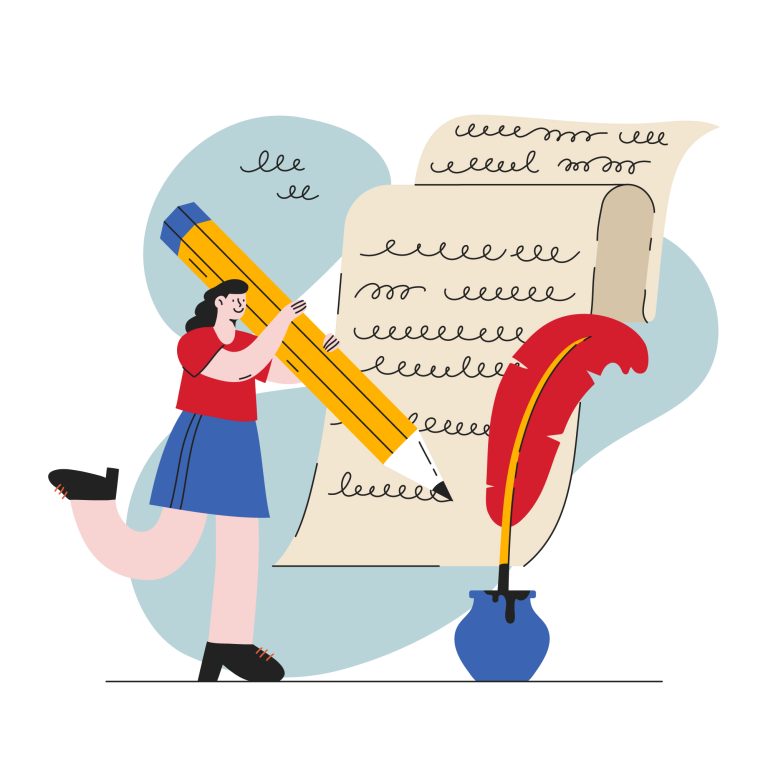
Top 10 Rhetorical Devices Every Writer Should Know
Let’s explore the top 10 rhetorical devices that every writer, beginner or advanced, can use to make their writing more effective.
1. Metaphor
A metaphor is an effective rhetorical device that compares two unlike objects without the use of the terms “like” or “as.” For instance, although time isn’t a thief in the strict sense, the statement “time is a thief” implies that time robs us of moments in our life.
This method makes it easier for authors to convey complicated ideas and conjure up striking visuals. By employing metaphors, authors can improve their narrative, evoke strong feelings in readers, and give their writing more nuance, all of which contribute to its impact and memorability.
Example: “Life is a journey filled with unexpected twists and turns.”
You may also like: Top 50 Famous Dragon Names from Mythology, Books, and Movies
A simile is a figure of speech that contrasts two different things by utilizing the words like or as to convey a vivid image or notion. For example, expressing “Her smile was as bright as the sun” relates the brightness of her smile to the light of the sun. Similes help readers visualize things by associating them with familiar objects or experiences. This makes descriptions more interesting and adds depth to writing, making it a valuable rhetorical tool for any writer.
Example: “She was as brave as a lion, facing her fears without hesitation.”
You may also like: First Person Point of View: An Essential Guide
You may also read: The Housemaid Series in Order: A Complete Reading Guide
Alliteration is a rhetorical device that repeats the same sound at the beginning of closely related words. This strategy adds rhythm and can make lines more memorable, allowing writers to highlight essential ideas or elicit specific emotions. For example, in the line “Peter Piper picked a peck of pickled peppers,” the repeated “p” sound draws attention and sets a fun tone. Alliteration is a technique used in poetry, advertising, and literature to make language more engaging and effective.
Example: “She sells seashells by the seashore.”
You may also read: Top 15 Short Novels to Read in a Weekend
You may also like: 100+ Adjectives Begin with I (With Definitions & Examples)
Hyperbole is a rhetorical strategy that involves exaggerating a phrase to achieve a dramatic effect or to emphasize a point. It is not intended to be taken literally, but it does add intensity and can make descriptions more vivid or hilarious. For example, saying “I’ve told you a million times” uses hyperbole to emphasize that something has been repeatedly said. Writers use hyperbole to draw readers’ attention, elicit emotion, and help them imagine the significance of what is being portrayed.
Example: “I’m so hungry I could eat a horse.”
You may also like: What is Cozy Mystery? A Beginner’s Complete Guide
You may also read: 100+ Adjectives That Start With N (With Examples & Definitions)
Irony is another device tactic that emphasizes the contrast between appearance and reality. It occurs when the conclusion differs from what was expected, resulting in surprise or humor. For example, in Romeo and Juliet, the audience knows Juliet is not truly dead, but Romeo believes she is a sad example of dramatic irony. Irony is used by writers to provide depth, make readers think, and incorporate humor into their writing, making it a versatile and interesting storytelling tool.
Example (verbal irony): “Oh, great! Another homework assignment.”
You may also read: Top 10 Types of Novels That Dominate Bestseller Lists
You may also like: 20 Satire Examples in Real-World Every Writer Should Know
6. Anaphora
Anaphora is a rhetorical device that repeats a word or phrase at the start of subsequent sentences, clauses, or lines. Anaphora is used by writers to emphasize concepts, build rhythm, and make them memorable. For example, Martin Luther King Jr.’s “I Have a Dream” speech emphasizes his vision of equality and justice by repeated repetition of the phrase. This strategy engages readers and heightens the message’s emotional impact, making it an effective writing tool.
Example: “We will fight for freedom. We will fight for justice. We will fight for peace.”
You may also like: Aravind Adiga Books of All Time | BlueRoseOne
Personification is a rhetorical method in which non-human objects, animals, or concepts are given human characteristics, feelings, or behaviors. By making concepts or objects seem familiar, it aids authors in creating more vivid descriptions. Saying “the wind whispered through the trees” for instance provides the wind a human-like feel that helps readers visualize it. Personification is frequently employed in literature to arouse feelings, provide images, and give narrative depth, giving scenes a more vivid and captivating feel.
Example: “The wind whispered through the trees, sharing secrets only it knew.”
You may also read: Ten Strategies to Handle Negative Reviews | BlueRoseOne
You may also like: Where the Red Fern Grows Book Summary & Themes
A figure of speech that blends opposing words to produce a new meaning is called an oxymoron. Examples that are frequently used are “bittersweet” and “deafening silence.” Oxymorons can draw attention to difficult feelings or circumstances by contrasting opposing concepts, which makes writing more interesting. Oxymorons are used by authors to elicit thought or to give their descriptions more nuance, which successfully draws the reader in and piques their interest. This rhetorical strategy is an effective way to boost writing originality.
Example: “Bittersweet memories filled her thoughts.”
You may also like: Dynamic Characters: Definition, Examples and Tips to Write Them
9. Rhetorical Question
A figure of speech in which the speaker poses a question without anticipating a response is known as a rhetorical question. Rather, it is employed to highlight a point or a concept. For instance, posing the question, “Isn’t it time we did something about climate change?” challenges the audience to give the matter careful consideration. Rhetorical questions are frequently used by authors to pique readers’ interest and stimulate thought, which strengthens the argument and effect of their work. This tool deepens the discussion and encourages introspection.
Example: “Who doesn’t love a good story?”
You may also read: The Rise of Shakti by Megha Dinesh: Book Review
You may also like: 100+ Adjectives Begin With S (With Examples & Definitions)
Parallelism is a rhetorical device that involves using similar grammatical structures in a series of phrases or sentences. This technique helps create rhythm and balance in writing, making it more engaging and memorable. For example, in the phrase “I came, I saw, I conquered,” the repetition of the same structure emphasizes the actions and adds a powerful flow to the message. Writers often use parallelism to enhance their arguments and improve clarity, making their ideas easier for readers to follow.
Example: “She wanted to make a difference, to explore the world, and to live fully.”
You may also read: Top 10 Famous Khushwant Singh Books
You may also like: 150 4 Syllable Words: Complete List with Meanings and Examples
Conclusion
By giving words life, rhetorical techniques enable authors to convey their ideas in more vivid and powerful ways. You can improve the readability and recall of your writing by trying these strategies. Start experimenting with these gadgets to see how they might change your look!

